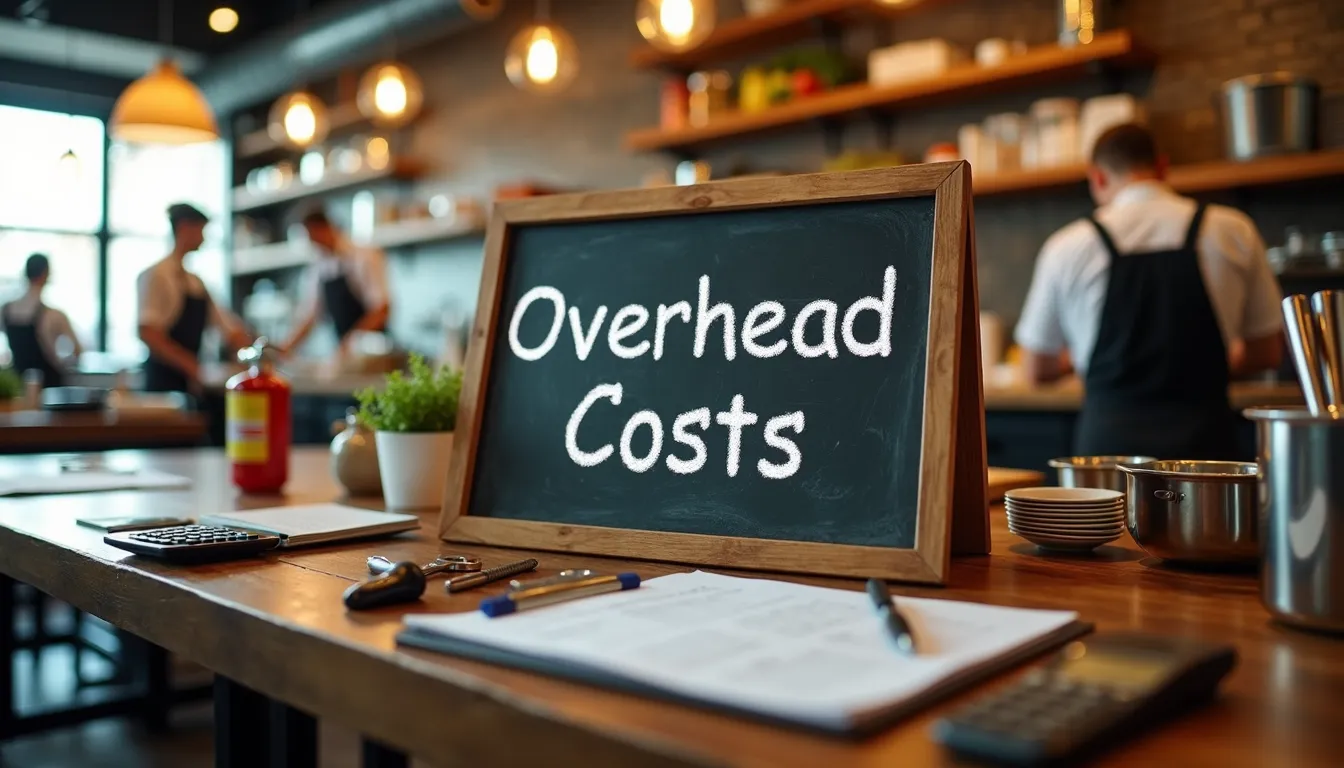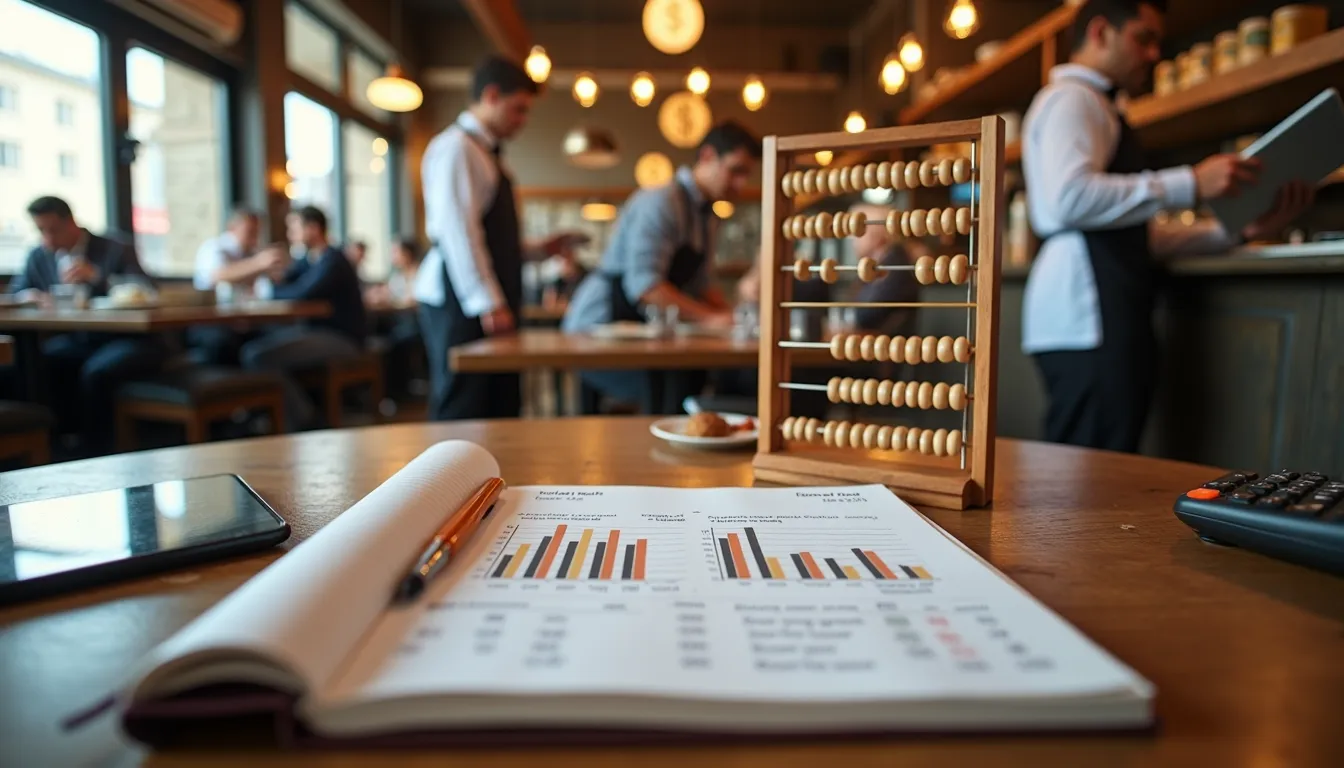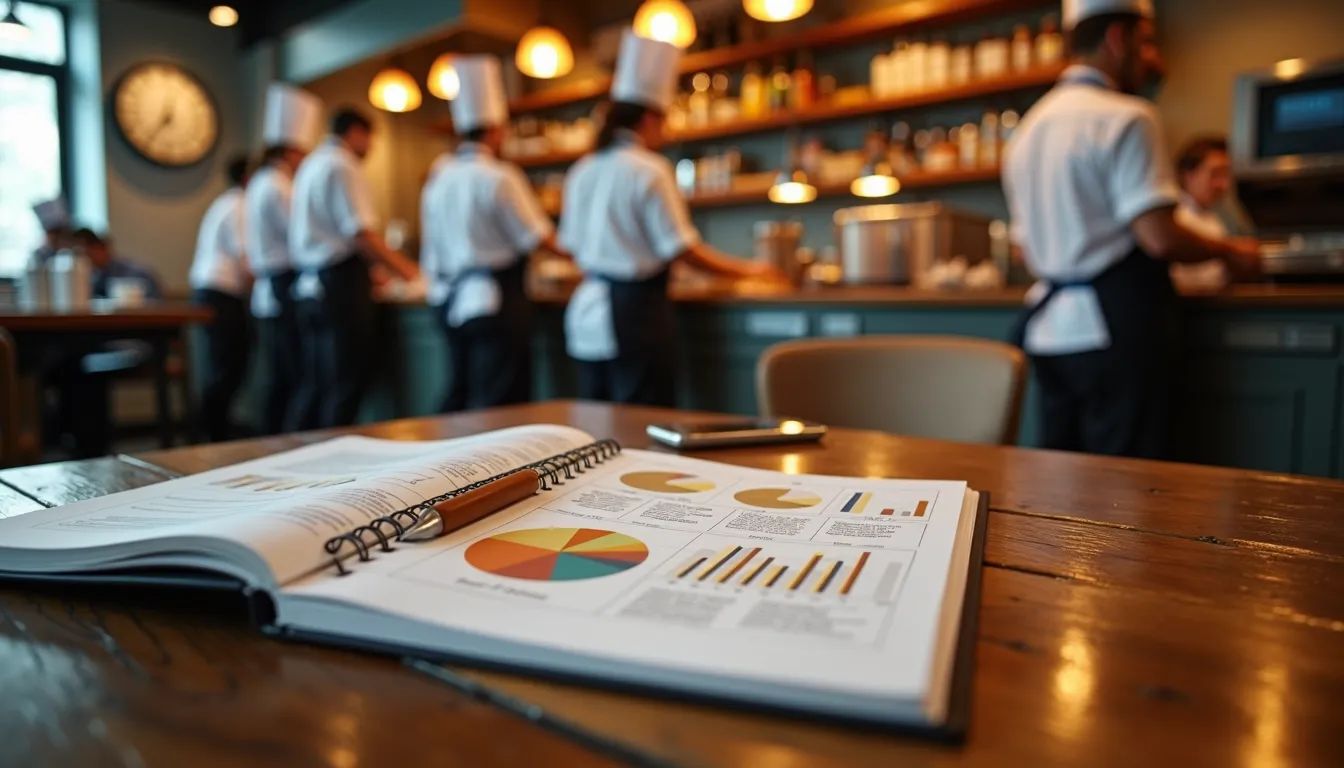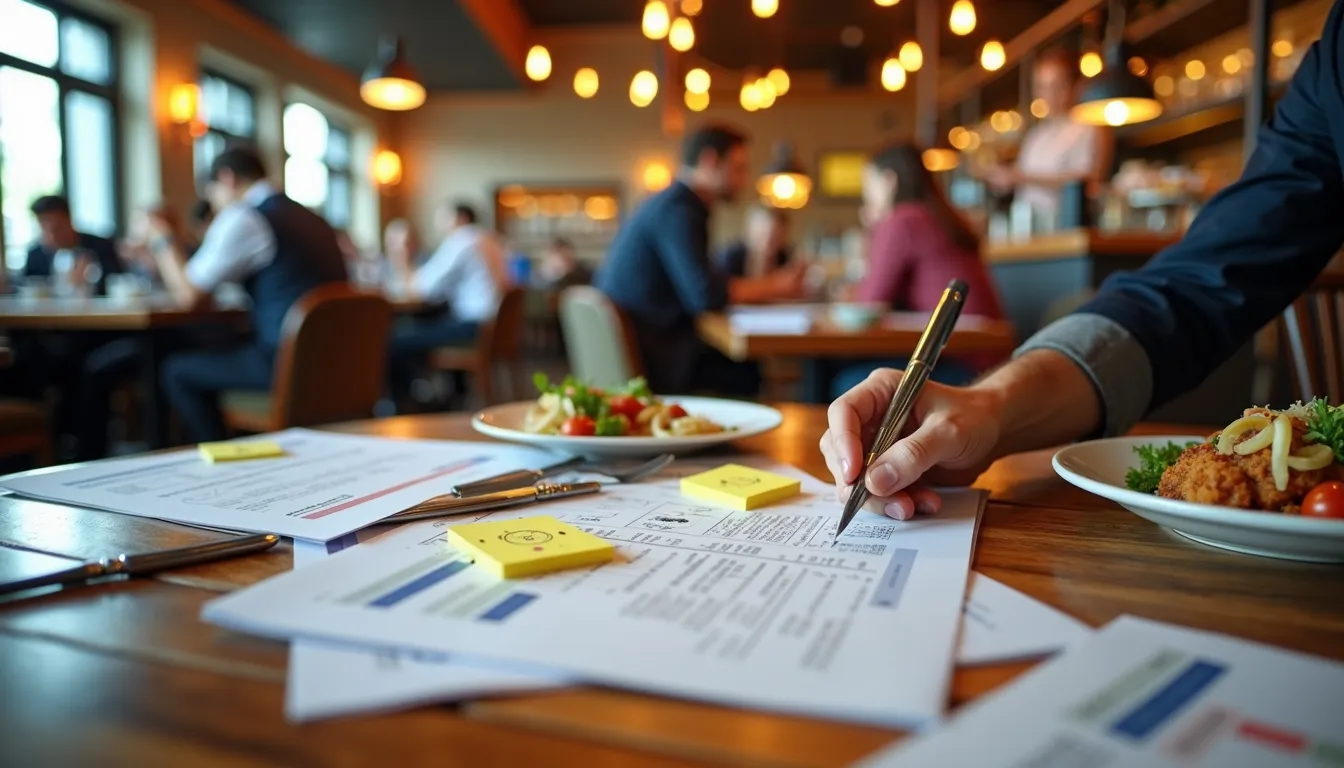Mastering Overhead Costs For Restaurants: 2024 Reliable Guide
Restaurants face many challenges. One big challenge is knowing how much it costs to keep the doors open. This article helps you understand restaurant overhead costs. It also shows how to calculate these costs easily so your restaurant can thrive.
Key Takeaways
- Overhead costs are necessary expenses your restaurant must pay, like rent and utilities.
- Break-even costs tell you how much you need to sell to cover your expenses.
- MyOverhead can help calculate these costs quickly and easily.
- Understanding costs helps improve profit margins and make better pricing decisions.
- For more detailed insights into effective financial management strategies, check out our comprehensive guide on cost control techniques for restaurants.
What Are Restaurant Overhead Costs?

Overhead costs are the daily expenses a restaurant has to pay to stay in business. These costs are not directly tied to making food or serving customers. Instead, they include things like:
- Rent for the space
- Utilities like water and electricity
- Salaries for staff who do not serve food, such as managers and cleaners
- Insurance
- Equipment maintenance
Understanding these costs is important for making smart business decisions.
Breakdown of Common Overhead Costs
| Overhead Cost Type | Example Costs | Monthly Average | Notes |
|---|---|---|---|
| Rent | Lease payments | $2,000 | Varies by location |
| Utilities | Electricity, water | $500 | Can fluctuate |
| Staff Salaries | Managers, cleaners | $3,000 | Non-serving staff only |
| Insurance | General liability | $300 | Essential coverage |
Why Knowing Overhead Costs Matters

When you know your overhead costs, you can make better choices. Here’s why:
- Better Pricing: You can set prices that cover your costs and make a profit.
- Budgeting: Knowing what you spend helps you plan your budget better.
- Profit Margin: You can find ways to increase your profit margin by reducing unnecessary costs.
- Financial Planning: Understanding your costs aids in long-term financial planning and investment decisions.
How to Calculate Your Overhead Costs
Calculating your overhead costs does not have to be hard. Here is a simple way to do it.
Step 1: List All Overhead Expenses
Start by writing down all the expenses you have each month. This includes:
- Rent
- Utilities
- Salaries for non-serving staff
- Insurance
- Any other fixed costs
Step 2: Total Your Costs
Add up all the expenses you listed. This total is your total overhead cost.
Step 3: Calculate Break-Even Costs
To find out how much you need to earn to cover your costs, use this formula:
[ \text{Break-even costs} = \text{Total Overhead Costs} + \text{Variable Costs} ]
Variable costs are expenses that change with sales, like food and beverage costs.
Step 4: Use Software for Help
Using software like MyOverhead can make this process even easier. You can enter your expenses, and the software calculates everything for you. This saves time and helps you avoid mistakes.
Understanding Break-Even Costs

Break-even costs show you how much money your restaurant needs to make to cover all expenses. If you sell less than this amount, your restaurant loses money. If you sell more, you make a profit.
Why This is Important
Knowing your break-even point helps you set sales goals. If you know you need to sell 10 dollars,000 to break even, you can plan your promotions and menu items to reach that goal.
How to Find Your Break-Even Point
To find your break-even point, follow these steps:
- Identify Monthly Fixed Costs: This includes your total overhead costs.
- Calculate Variable Costs per Unit: Find out how much it costs to make one item on your menu.
- Use the Break-Even Formula:
[ \text{Break-even Point (Units)} = \frac{\text{Total Fixed Costs}}{\text{Price per Unit} – \text{Variable Cost per Unit}} ]
This will tell you how many items you must sell to break even.
Tips for Managing Overhead Costs

Managing overhead costs can save you a lot of money. Here are some helpful tips:
1. Review Costs Regularly
Take time each month to review your expenses. Look for costs that seem too high or unnecessary.
2. Negotiate with Vendors
Talk to your suppliers about pricing. You might find a better deal or a discount.
3. Train Employees
Teach your staff to be more efficient. This can help reduce waste and save money.
4. Monitor Energy Use
Look for ways to save on utilities. Simple changes, like using energy-efficient bulbs, can lower your bills.
- Consider implementing a cost tracking system to keep your finances transparent and up-to-date.
- Analyze seasonal trends in your expenses to forecast better.
- Use bulk purchasing to lower ingredient costs when feasible.
How MyOverhead Can Help

MyOverhead is a tool that makes it easy to manage and calculate overhead costs. Here’s how it works:
- Easy Data Entry: You can enter your costs quickly. Use your Profit & Loss Statement, or fill out a simple form.
- Custom Reports: The software provides reports that break down your costs. This helps you see where you can save money.
- Adjust Costs: You can easily adjust expenses and see how it affects your break-even point.
Real-Life Example

Let’s say you run a small café. Your monthly overhead costs include:
- Rent: 2 dollars,000
- Utilities: 500 dollars
- Salaries: 3 dollars,000
- Insurance: 300 dollars
Your total overhead costs are 5 dollars,800. If your variable costs for making a sandwich are 3 dollars, and you sell it for 8 dollars, your calculation would look like this:
- Fixed Costs: 5 dollars,800
- Variable Cost per Sandwich: 3 dollars
- Selling Price: 8 dollars
To find the break-even point in units, you use the formula:
[ \text{Break-even Point (Units)} = \frac{5,800}{8 – 3} = 1,160 ]
This means you need to sell 1,160 sandwiches to cover your costs.
Additional Financial Metrics
| Metric | Value | Importance |
|---|---|---|
| Average Monthly Revenue | $15,000 | Helps gauge performance |
| Total Variable Costs | $4,000 | Key for break-even analysis |
| Profit Margin | 20% | Indicates overall profitability |
Common Mistakes to Avoid

While calculating overhead costs can help, many restaurant owners make mistakes. Here are some common ones:
1. Ignoring Hidden Costs
Sometimes, you might forget to include some expenses, like maintenance or cleaning supplies. Be thorough when listing expenses.
2. Not Updating Costs
Costs can change. Make sure to update your calculations regularly to reflect current expenses.
3. Focusing Too Much on Sales
While sales are important, remember to track your expenses. High sales do not always mean high profits.
4. Underestimating Variable Costs
Don’t overlook how changes in sales volume can affect your variable costs, such as food and labor.
Conclusion
Understanding overhead costs is crucial for running a successful restaurant. By calculating these costs, you can make better decisions about pricing and budgeting. Using tools like MyOverhead can simplify the process, allowing you to focus on what you love most—serving great food.
By following the steps and tips in this guide, you can gain control over your restaurant’s finances. Be sure to check your costs and break-even points. When you know your numbers, you set your restaurant up for success.
Get Started Today

Ready to take control of your restaurant costs? Start using MyOverhead today and see how it can help your business thrive. You’ll appreciate having clarity over your numbers and the peace of mind that comes with it. Let’s make your restaurant a success together!

Leave a Reply